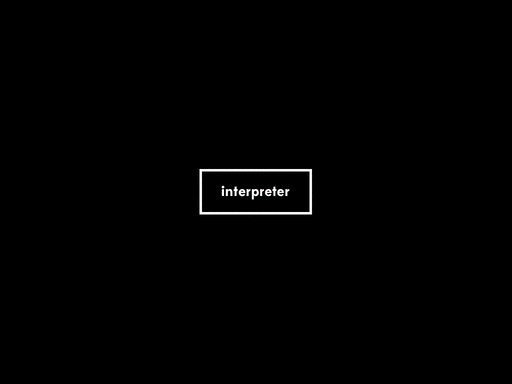--Originally published at Programming
When you want to introduce data to a programm computer we use an input. Then, this information is processed and you can show the result. This last thing is called output.
A simple example of input is what you type in your keyboard and an example of output is anything you view on your computer monitor.

Gif from: http://giphy.com/gifs/program-XFEUdfHkPtUxq
Now, in python we have something called variables. They are reserved memory locations to store values. We have different kinds of them:
- Numbers: Data is stored like a numer value.
- integer: whole numbers
- float: real numbers with a decimal point
- String: A series of characters
- Lists: Values stored, it contains separated items.
- Tuples: They are like a list, but they cannot be updated.
- Dictionary: Is like a collection of data type.
You can learn more about it in the following link: https://www.tutorialspoint.com/python/python_variable_types.htm
To end this blog, let’s do an example. The user will enter an input and then we are going to show an output.

If you need more help, I could recommend you this video, from Carl Turland: Coding at School: Functions and Variables
